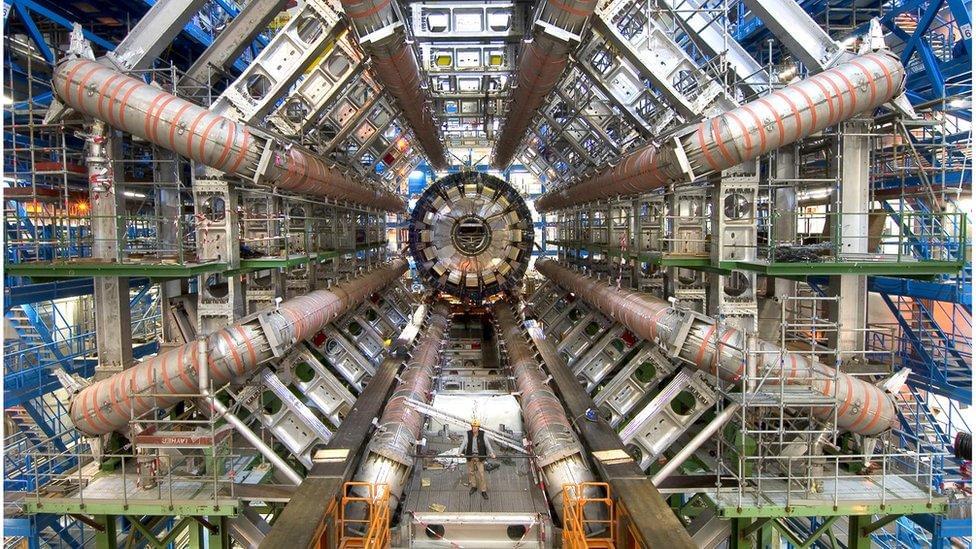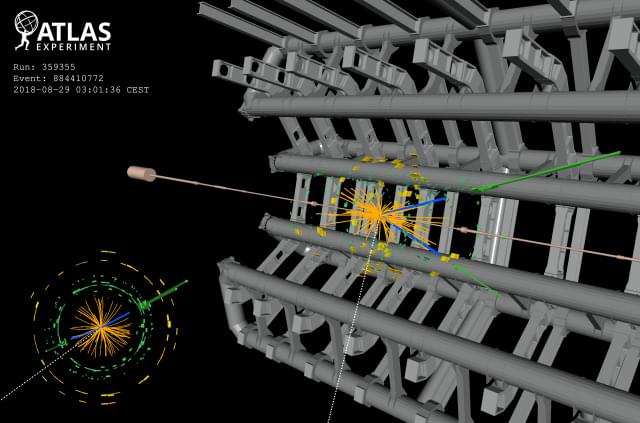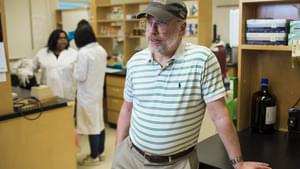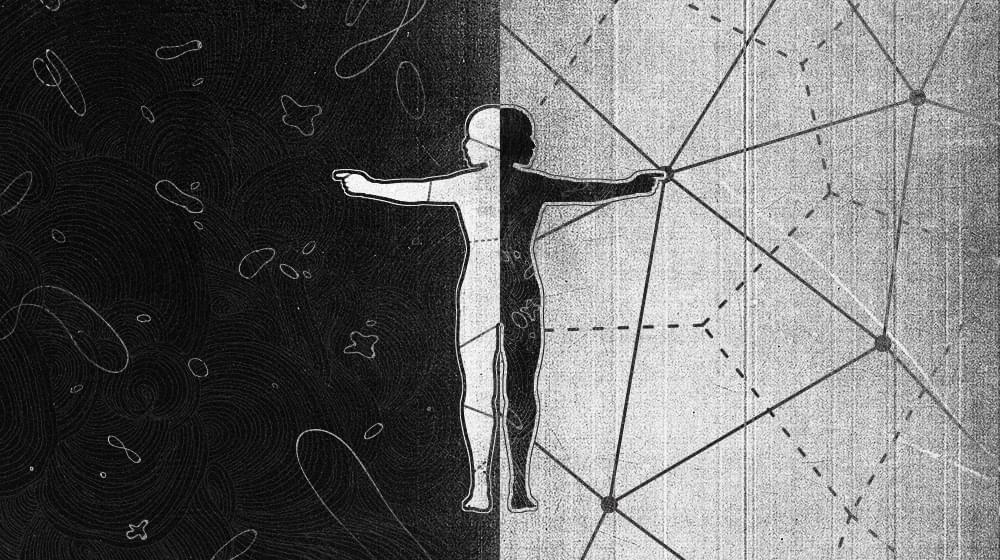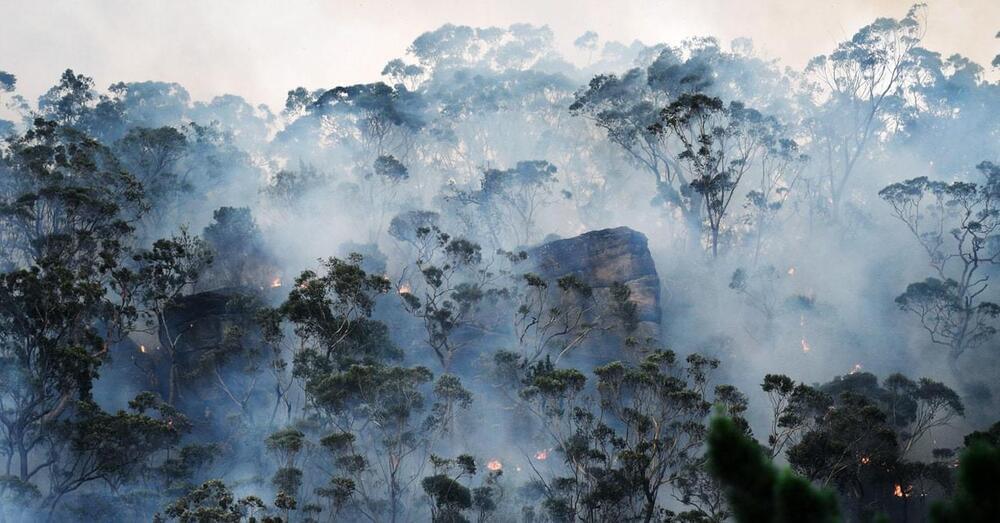Join us on Patreon!
https://www.patreon.com/MichaelLustgartenPhD
Papers referenced in the video:
Dietary oxalate to calcium ratio and incident cardiovascular events: a 10-year follow-up among an Asian population.
https://pubmed.ncbi.nlm.nih.gov/35346210/
Predicting Age by Mining Electronic Medical Records with Deep Learning Characterizes Differences between Chronological and Physiological Age.
https://www.ncbi.nlm.nih.gov/pmc/articles/PMC5716867/
Association between low-density lipoprotein cholesterol and cardiovascular mortality in statin non-users: a prospective cohort study in 14.9 million Korean adults.
https://pubmed.ncbi.nlm.nih.gov/35218344/
Joint distribution of lipoprotein cholesterol classes. The Framingham study) AND abbott lipoproteins 1983
https://pubmed.ncbi.nlm.nih.gov/6573877/
Incidental lymphopenia and mortality: a prospective cohort study.
